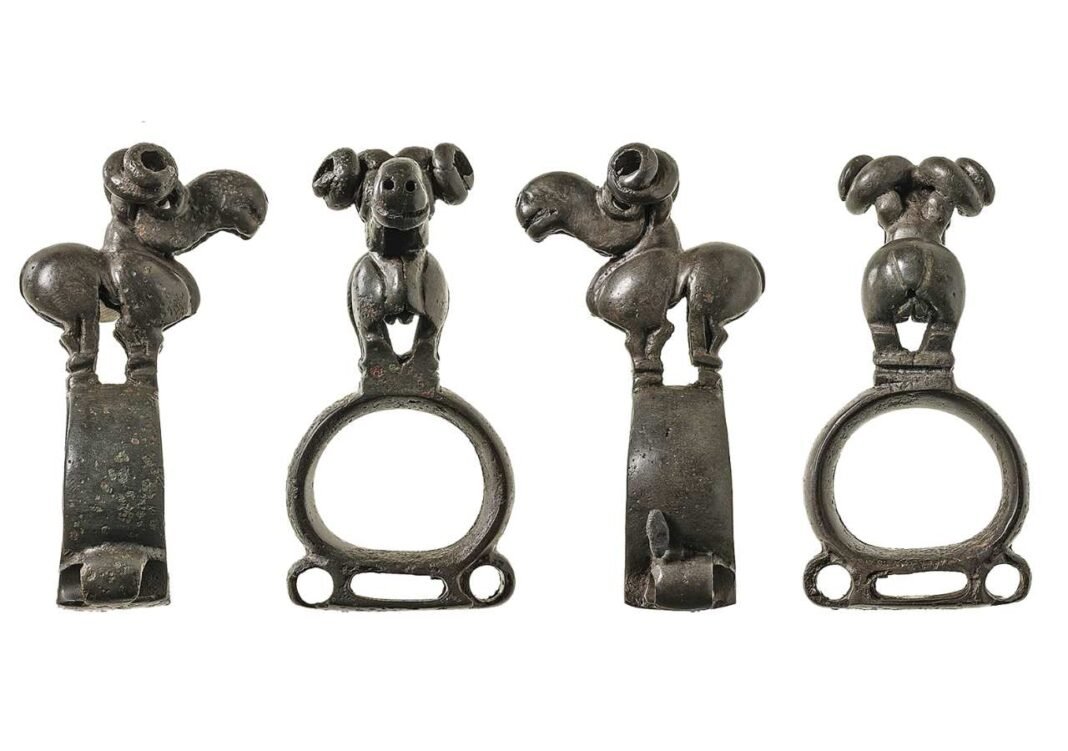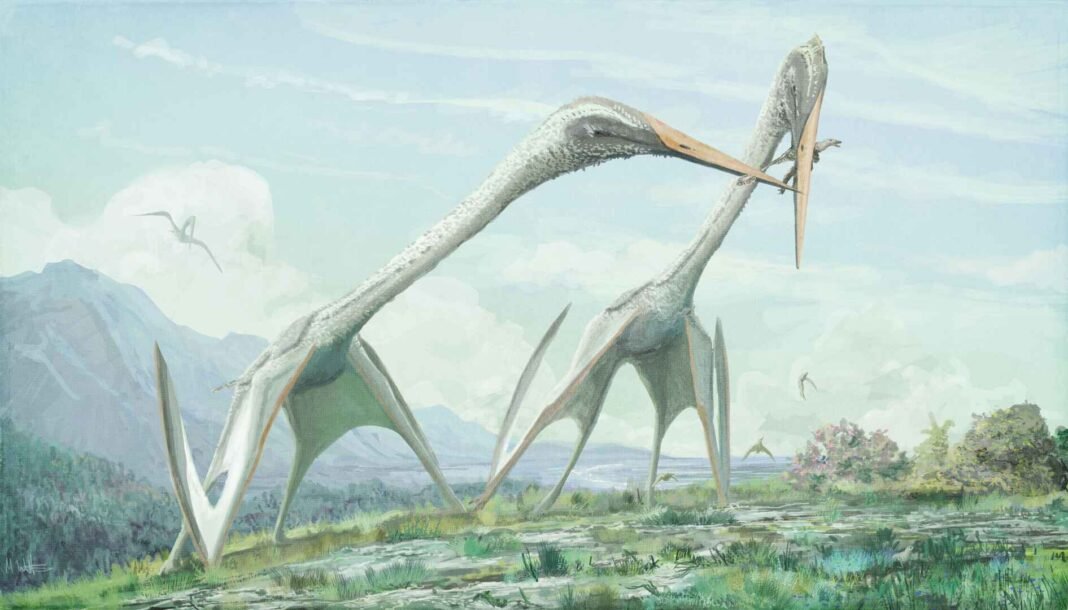
Archaeologists led by Dr. Timur Sadykov have uncovered new evidence about the early origins of Scythian animal-style art—a visual tradition that once spanned the Eurasian steppe. The findings, published in Antiquity, come from the Tunnug 1 burial mound in Russia’s Tuva Republic, dating back nearly 2,900 years.
The discovery sheds light on how early nomads used animal imagery not just as decoration but as a symbol of belief, identity, and ritual.
A rare look at early nomadic culture
The site lies in the Uyuk Valley, also known as the “Valley of the Kings.” The mound, built between 833 and 800 BC, is one of the earliest known monuments combining weapons, horse tack, and animal-style motifs — the so-called Scythian triad.
Researchers uncovered dozens of metal and bone artifacts, including horse harnesses, dagger hilts, and ornaments decorated with stylized animals. Despite the artistic range later seen in Scythian art, this early version focused on only four creatures — rams, felines, birds of prey, and snakes.
Limited motifs, rich meaning
A bronze ram figure mounted on a ring, coiled feline shapes, and bird-head fittings were among the standout finds. Each piece displays the clean, curved lines and geometric patterns that would later define Scythian design.

The artists’ focus on real animals, not mythical creatures, marks an early phase of the style. According to Sadykov, this suggests that early Scythian art carried a simpler but deeper symbolic message — rooted in everyday life and ritual rather than fantasy.
New insights from metalwork
Material analysis revealed two main metal types: tin bronze and arsenic bronze. The mix challenges earlier ideas that the Scythians used only tin bronze. Instead, it points to varied local traditions and resource access.
Different metal compositions were even found in separate areas of the mound, implying that several groups may have worked together to build the burial site and perform rituals. This finding highlights a diverse, cooperative community rather than a single unified culture.
Art tied to horses, not gold
Most artifacts at Tunnug 1 relate to horses and chariots, not human ornamentation. None was made of gold, though gold jewelry was found elsewhere in the burials. Researchers believe that gold animal motifs appeared only later, as the style spread and evolved into a mark of elite identity.

In this earlier period, the animal symbols seemed tied to movement, warfare, and the bond between humans and horses — central to nomadic life on the steppe.
Early Scythian culture comes into focus
The study pushes the beginnings of Scythian animal-style art to the late ninth century BC. It also strengthens the theory that the tradition emerged in Central Asia and South Siberia, not from western influence as once thought.
The diversity of designs and materials at Tunnug 1 suggests that different tribes shared and adapted ideas, shaping what became one of the most recognizable art forms of the ancient steppe.
As Dr. Sadykov noted, without discoveries like Tunnug 1, the Early Scythian culture and the question of its origin are unimaginable.


